Home>Furniture>Outdoor Furniture>How Many Pavers Do I Need For A 10X10 Patio
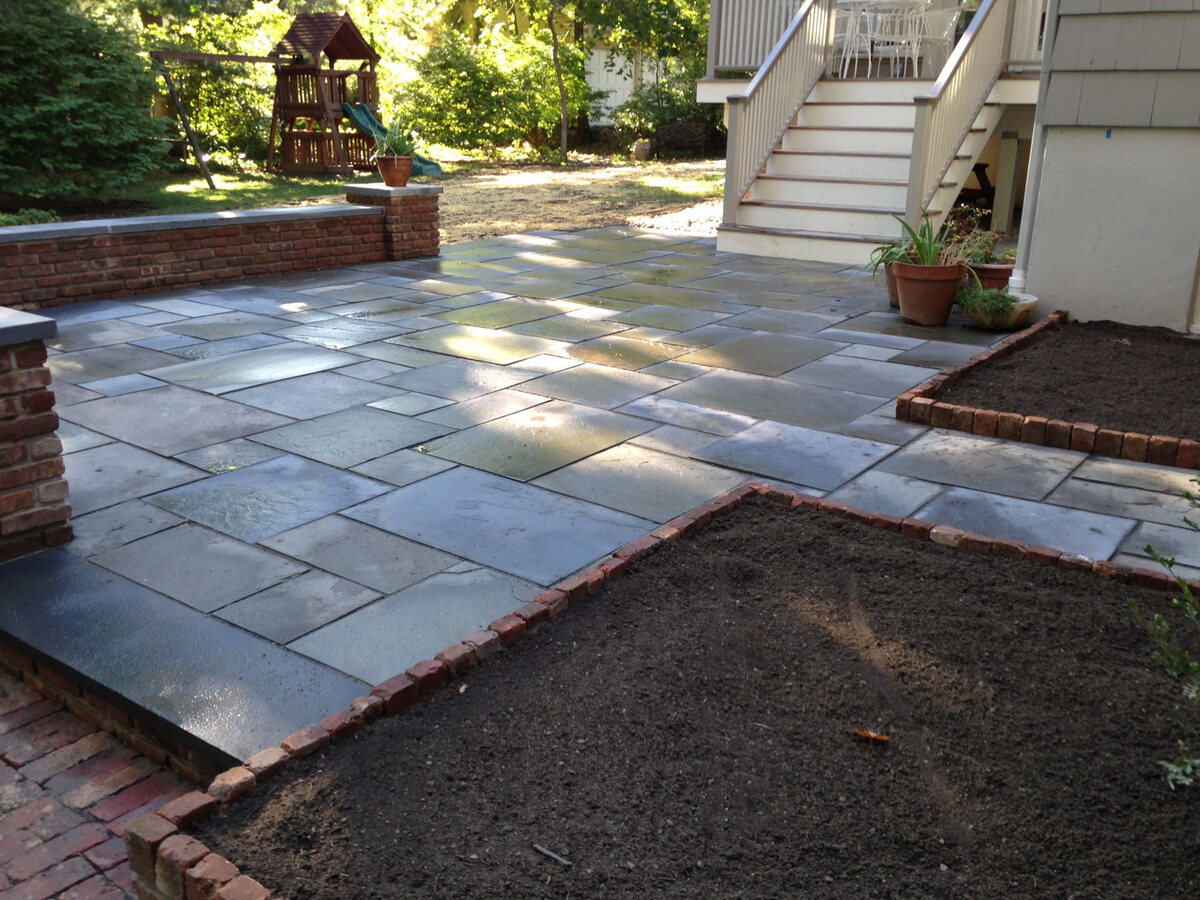

Outdoor Furniture
How Many Pavers Do I Need For A 10X10 Patio
Modified: March 7, 2024
Discover how many pavers you need for your 10x10 patio and create your dream outdoor furniture set. Get expert tips and advice today!
(Many of the links in this article redirect to a specific reviewed product. Your purchase of these products through affiliate links helps to generate commission for Storables.com, at no extra cost. Learn more)
Introduction
Are you planning to create a stunning patio for your outdoor space? One of the essential components of any patio project is determining how many pavers you will need. Pavers are a popular choice for patios due to their durability, versatility, and aesthetic appeal. Whether you are a seasoned DIY enthusiast or hiring a professional, knowing the correct number of pavers to purchase is crucial to the success of your project.
In this article, we will guide you on how to calculate the number of pavers needed for a 10X10 patio. We will take you through each step of the process, from determining the size of each paver to factoring in spacing, overhang, and wastage. By the end, you will have a clear understanding of how to plan and estimate your paver requirements accurately.
So grab your measuring tape and let’s get started on creating your dream outdoor space!
Key Takeaways:
- Plan for approximately 93 pavers for a 10X10 patio, accounting for spacing, overhang, and 10-15% wastage. This ensures a successful and visually appealing outdoor space.
- Measure paver size, calculate patio area, consider spacing and overhang, and account for wastage to accurately estimate the number of pavers needed for your 10X10 patio.
Determining the Size of Each Paver
Before you can calculate the number of pavers needed for your 10X10 patio, you first need to determine the size of each individual paver. Pavers come in a variety of shapes and sizes, including square, rectangular, and interlocking designs. The size of the paver you choose will depend on your design preference and the overall look you want to achieve for your patio.
To determine the size of each paver, you will need to consider both the length and width. Measure one paver to get accurate dimensions. For example, let’s say you have a square paver that measures 12 inches by 12 inches.
Note: It is important to measure the paver accurately, as any inaccuracies can affect the overall calculations.
In some cases, the paver size may vary slightly due to manufacturing tolerances or design features. If you are unsure about the exact size, it is recommended to measure multiple pavers and take the average measurements for accuracy.
Once you have determined the size of each paver, you can move on to calculating the area of your patio.
Calculating the Area of the Patio
Now that you have determined the size of each paver, the next step is to calculate the area of your 10X10 patio. This will help you determine the total number of pavers needed to cover the entire surface.
To calculate the area of a square or rectangular patio, you simply multiply the length by the width. In this case, since your patio is 10X10, the area would be:
Area = Length x Width = 10 feet x 10 feet = 100 square feet
Now that you know the area of your patio is 100 square feet, we can move on to the next step: incorporating spacing and overhang.
Note: If your patio has an irregular shape, you can break it down into smaller rectangular or square sections and calculate the area for each section individually.
Incorporating Spacing and Overhang
When planning your patio, it’s important to consider spacing between each paver as well as any overhang that may be present. Incorporating spacing and overhang ensures that your patio has a professional and visually appealing look.
Spacing refers to the amount of gap between each paver. This gap allows for expansion and contraction of the pavers, especially in areas with fluctuating temperatures. A common spacing width is around 1/8 to 1/4 inch. However, this can vary based on personal preference and the type of paver you are using.
Overhang, on the other hand, refers to the amount of the paver that extends beyond the patio’s edge. This creates a seamless and polished appearance. Overhang is typically done on the patio’s perimeter rather than the interior sections.
When calculating the number of pavers needed, both spacing and overhang need to be taken into account. To do this, add the spacing width to both the length and width of the patio. For example, if your paver is 12 inches by 12 inches and the spacing width is 1/4 inch:
New Paver Size = Paver Size + 2 x Spacing Width
New Paver Size = 12 inches + 2 x 1/4 inch = 12.5 inches
This adjusted paver size will ensure that you have enough space between each paver and the proper overhang along the edges of your patio.
Now that we have considered spacing and overhang, it’s time to account for any wastage during the installation process.
To calculate the number of pavers needed for a 10×10 patio, multiply the length and width of the patio to get the total square footage. Then, divide the total square footage by the square footage of each paver to determine the quantity needed.
Accounting for Wastage
When planning any construction project, it’s important to account for wastage. Wastage refers to the amount of material that is lost, damaged, or unusable during the installation process. In the case of pavers for a patio, wastage can occur due to breakage, cutting for curved edges or corners, or simply human error.
The amount of wastage can vary depending on factors such as the complexity of your patio design, the skill level of the installer, and the quality of the pavers themselves. A general rule of thumb is to add an additional 10% to 15% to the total number of pavers calculated to account for wastage.
For example, if you calculated that you need 100 pavers to cover your 10X10 patio, you would add an additional 10% – 15% of pavers for wastage:
Wastage = Number of Pavers x Wastage Percentage
Wastage = 100 pavers x 10% – 15% = 10 pavers – 15 pavers
In this case, you would need to purchase a total of 110 – 115 pavers to ensure you have enough for the installation process, accounting for any potential wastage.
Accounting for wastage is crucial to avoid any delays or disruptions to your patio project. It ensures that you have enough pavers to complete the job, even if some break or are unusable during the installation.
Now that we have factored in wastage, it’s time to calculate the final number of pavers needed for your 10X10 patio.
Read more: How Many Square Feet Is A 10X10 Shed
Calculating the Total Number of Pavers Needed
Now that we have gone through the steps of determining the size of each paver, calculating the area of the patio, incorporating spacing and overhang, and accounting for wastage, we are ready to calculate the total number of pavers needed for your 10X10 patio.
To calculate the number of pavers, we need to divide the area of the patio by the area covered by each paver. Let’s assume that our square pavers measure 12.5 inches by 12.5 inches, as we adjusted for spacing and overhang in the previous steps.
First, convert the length and width of the paver to feet:
Length in feet = 12.5 inches / 12 = 1.04 feet
Width in feet = 12.5 inches / 12 = 1.04 feet
Next, calculate the area covered by each paver:
Paver Area = Length x Width = 1.04 feet x 1.04 feet = 1.08 square feet
Now, divide the total area of the patio (100 square feet) by the area covered by each paver (1.08 square feet):
Total Number of Pavers = Total Area / Paver Area = 100 square feet / 1.08 square feet ≈ 92.59
Since we cannot have a fraction of a paver, we round up to the nearest whole number. Therefore, you will need approximately 93 pavers to cover your 10X10 patio.
Remember to account for any wastage mentioned earlier and adjust the number of pavers accordingly. In this example, with 10% – 15% wastage, you would need to purchase approximately 103 – 107 pavers.
By following these calculations, you can ensure that you have the correct number of pavers to complete your 10X10 patio project successfully.
Now that you have determined the total number of pavers needed, you are ready to move forward with your patio installation. Enjoy creating your outdoor oasis!
Conclusion
Creating a beautiful patio for your outdoor space is an exciting project. By accurately determining the number of pavers needed, you can ensure a successful and visually appealing result. In this article, we have provided a step-by-step guide on how to calculate the number of pavers needed for a 10X10 patio.
We started by determining the size of each paver and then calculated the area of the patio. Incorporating spacing and overhang helped us achieve a professional and polished look. Accounting for wastage ensured that we have enough pavers to account for any breakage or cutting needs during the installation process.
Finally, we calculated the total number of pavers needed by dividing the patio area by the area covered by each paver. Rounding up to the nearest whole number, we arrived at the final quantity of pavers needed.
Remember to consider your specific project requirements, such as desired paver size, spacing, and overhang. Additionally, consider the quality of the pavers and the complexity of the design, both of which can affect the wastage percentage.
By following these guidelines, you can confidently purchase the correct number of pavers and begin the installation process, knowing that you have accurately planned and estimated your requirements.
We hope this article has been informative and has helped you gain a better understanding of how to calculate the number of pavers needed for your 10X10 patio. Now it’s time to bring your vision to life. Enjoy the process and the final result of your well-designed and functional outdoor space!
Frequently Asked Questions about How Many Pavers Do I Need For A 10X10 Patio
Was this page helpful?
At Storables.com, we guarantee accurate and reliable information. Our content, validated by Expert Board Contributors, is crafted following stringent Editorial Policies. We're committed to providing you with well-researched, expert-backed insights for all your informational needs.
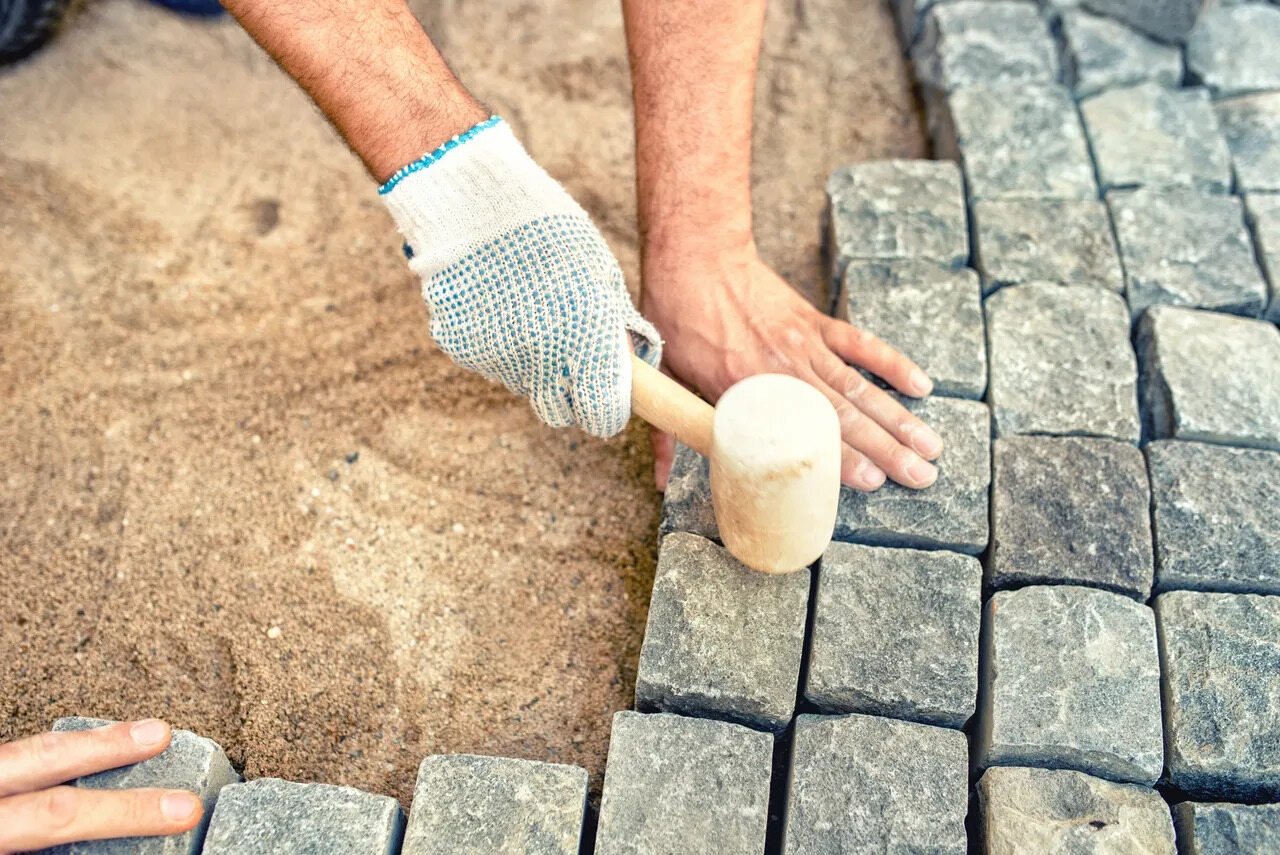
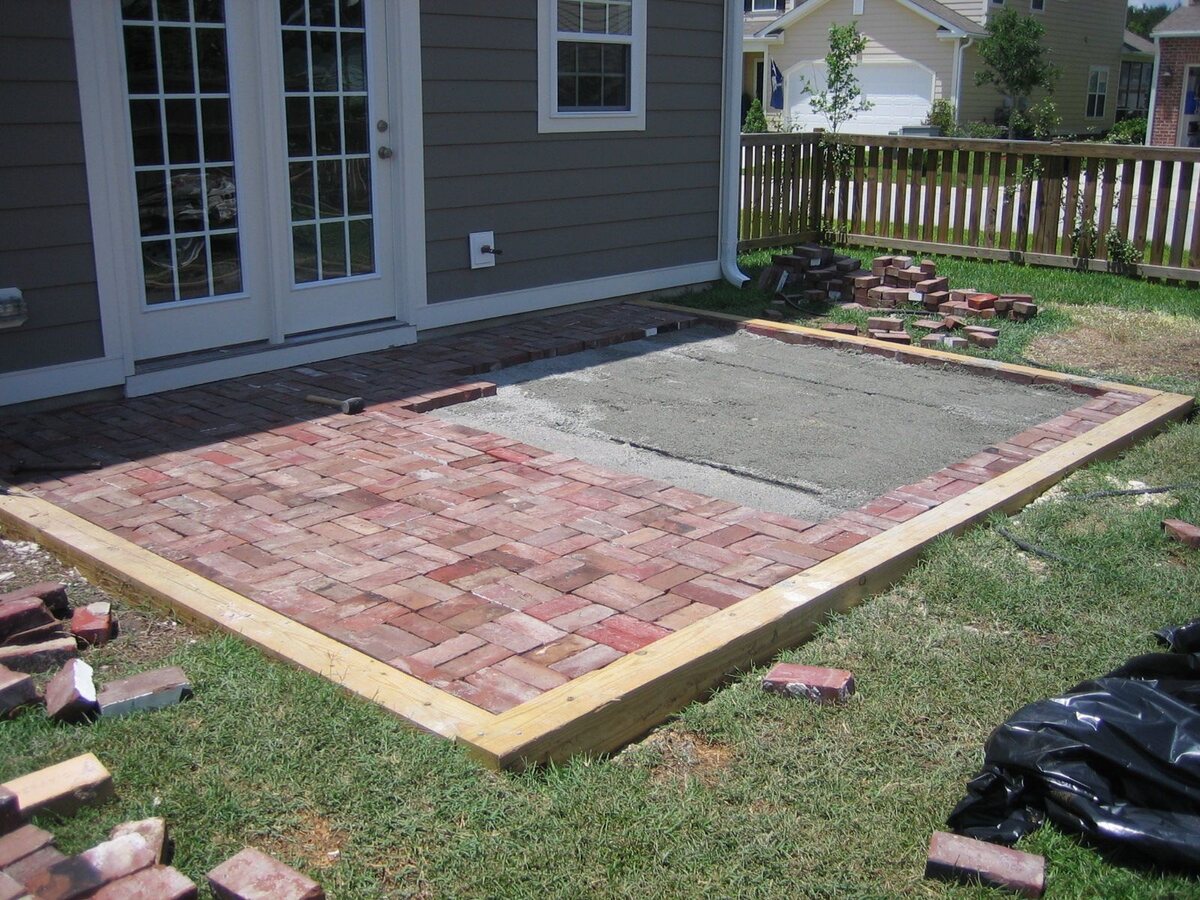

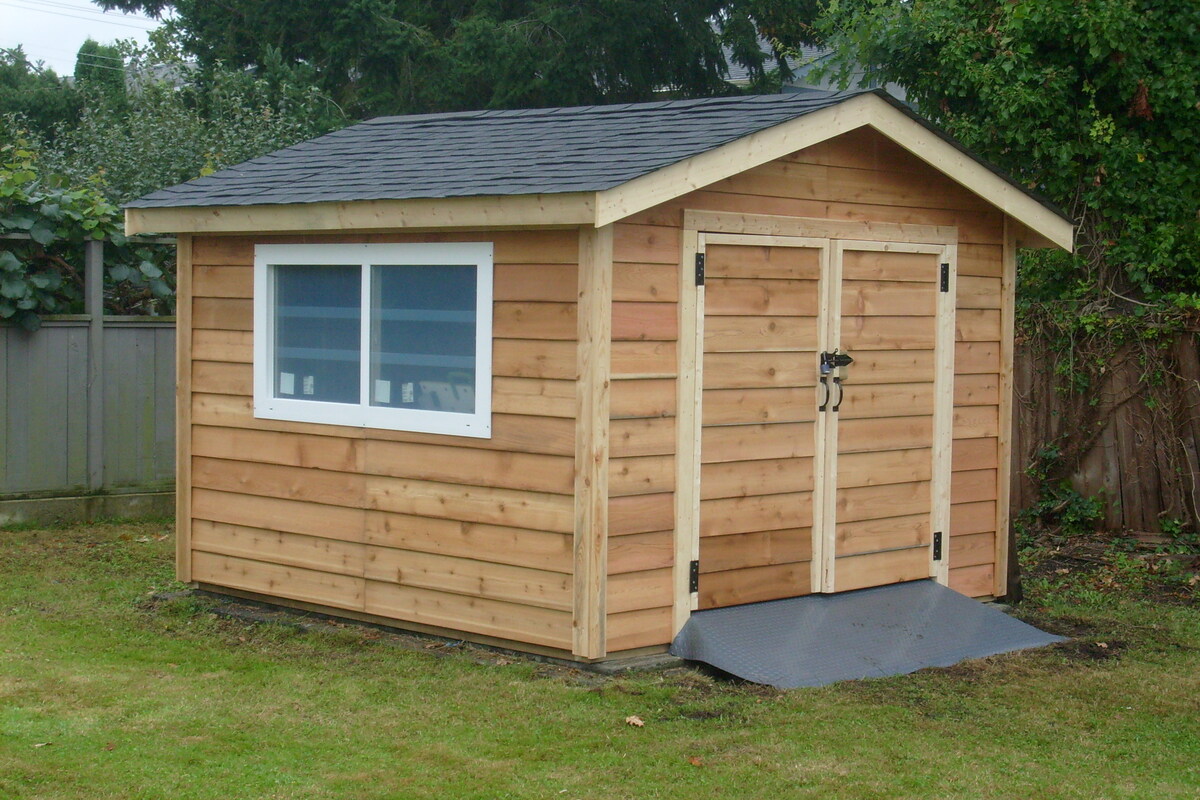
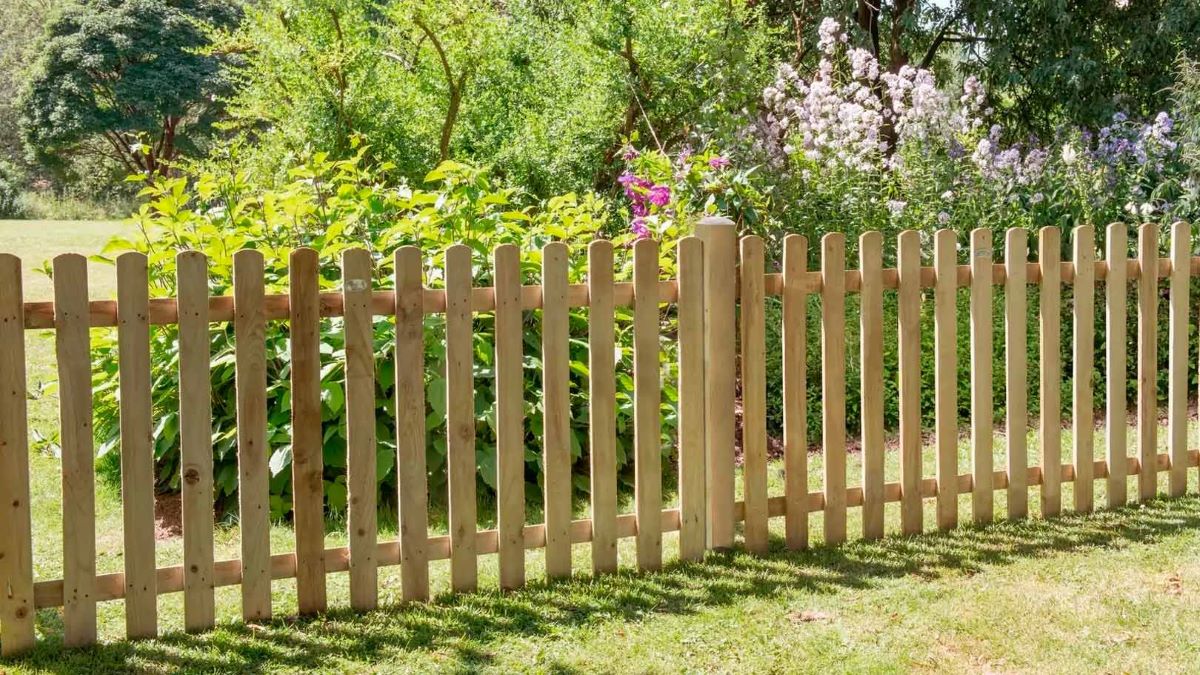
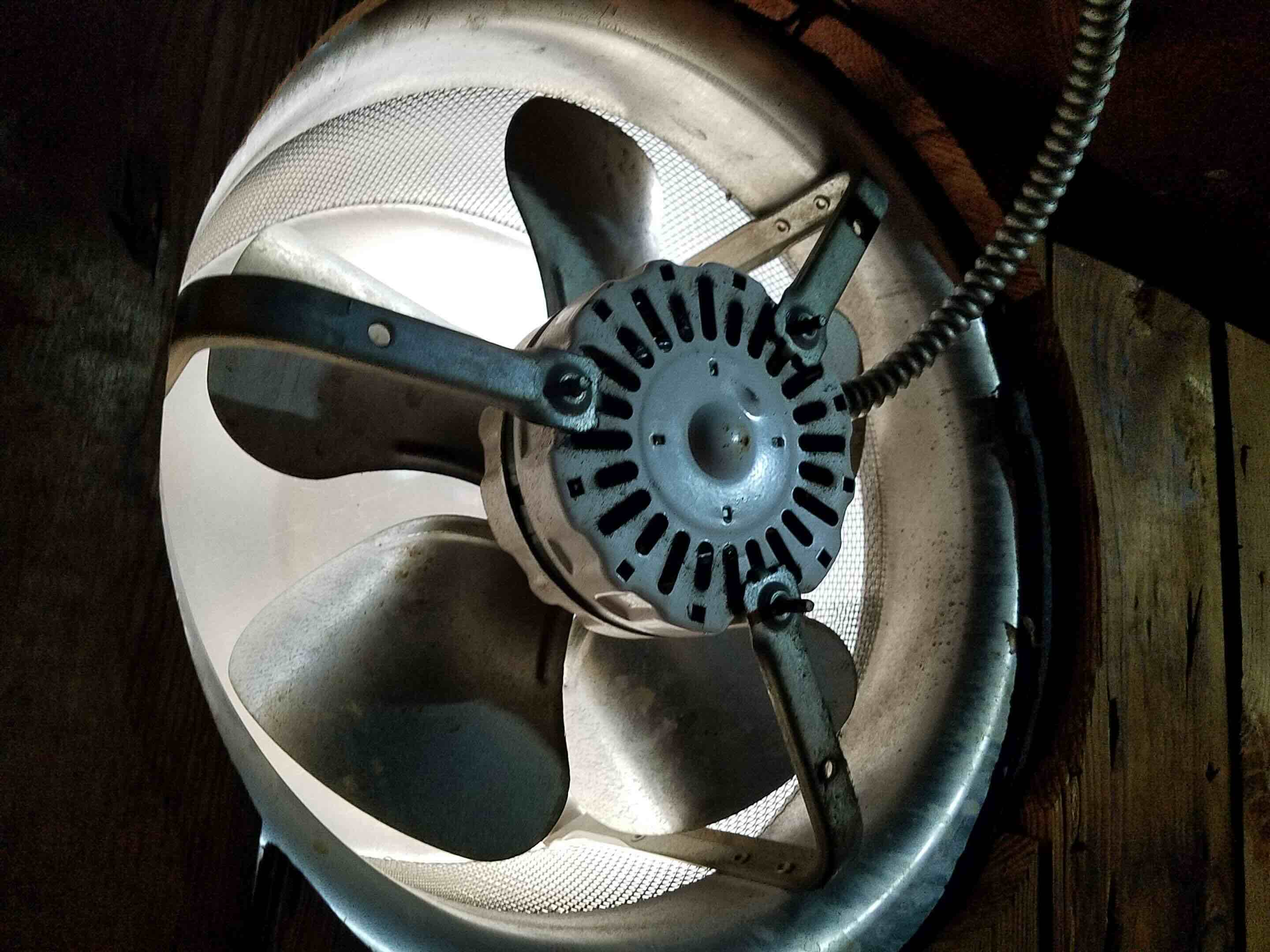

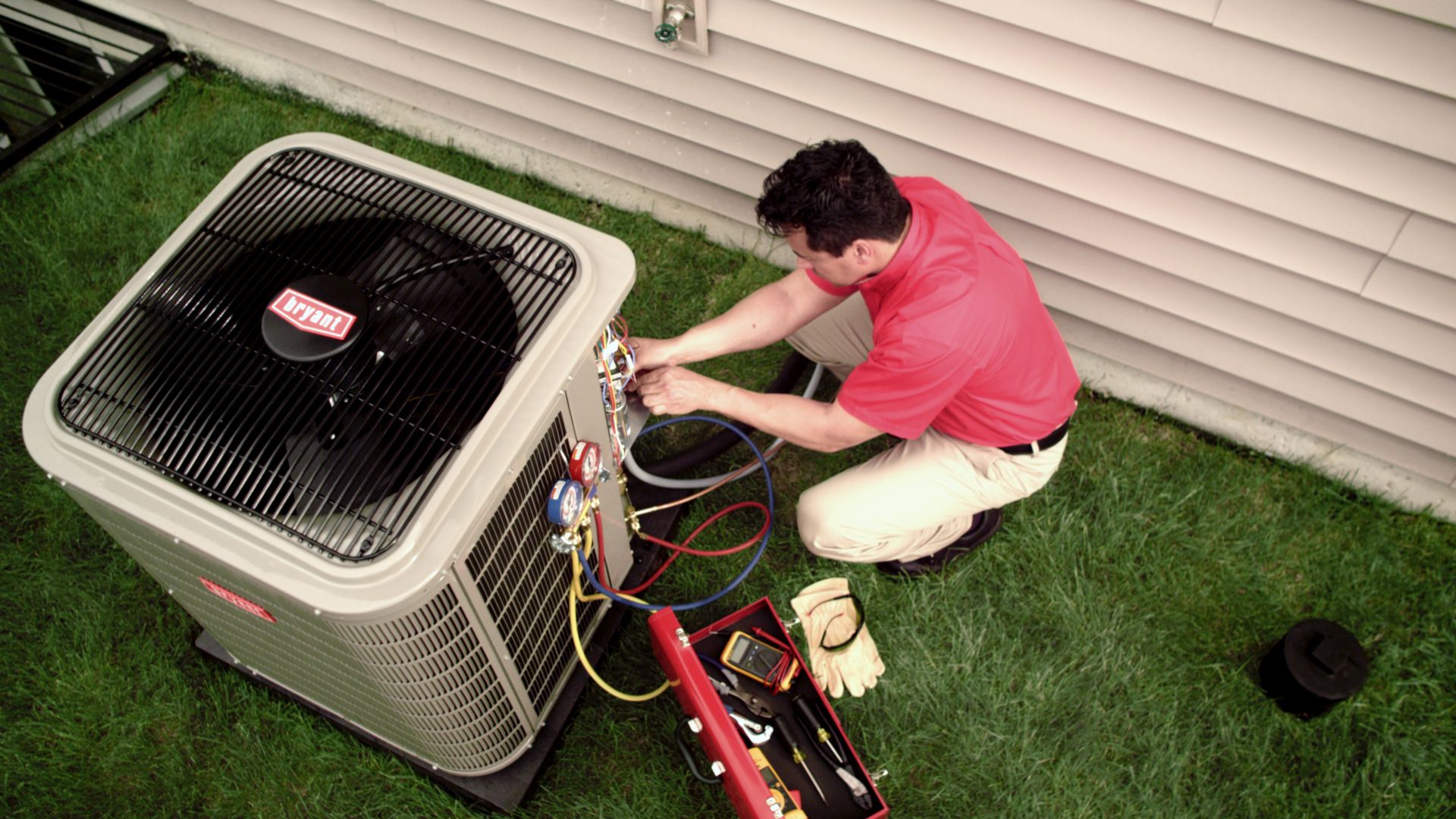



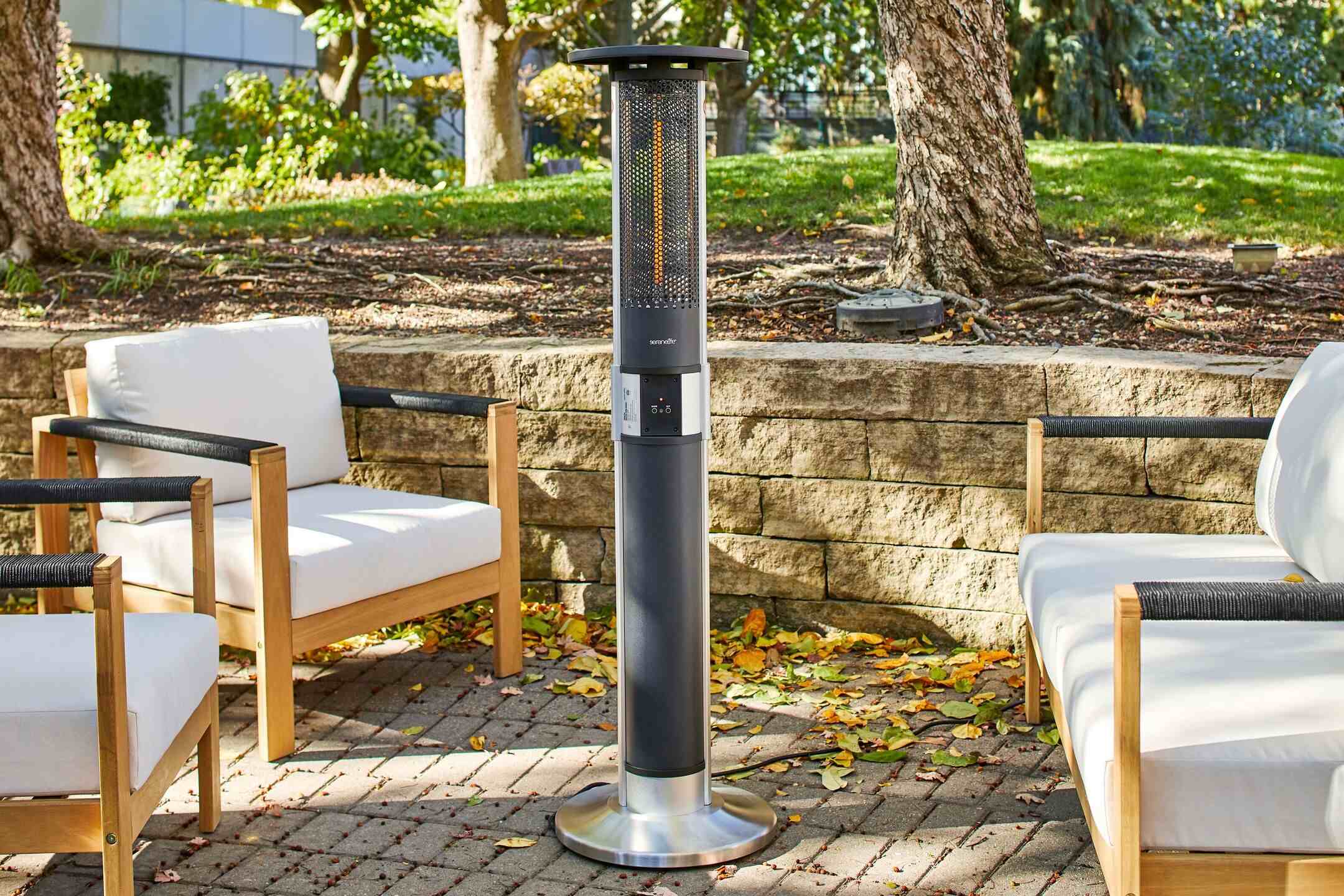

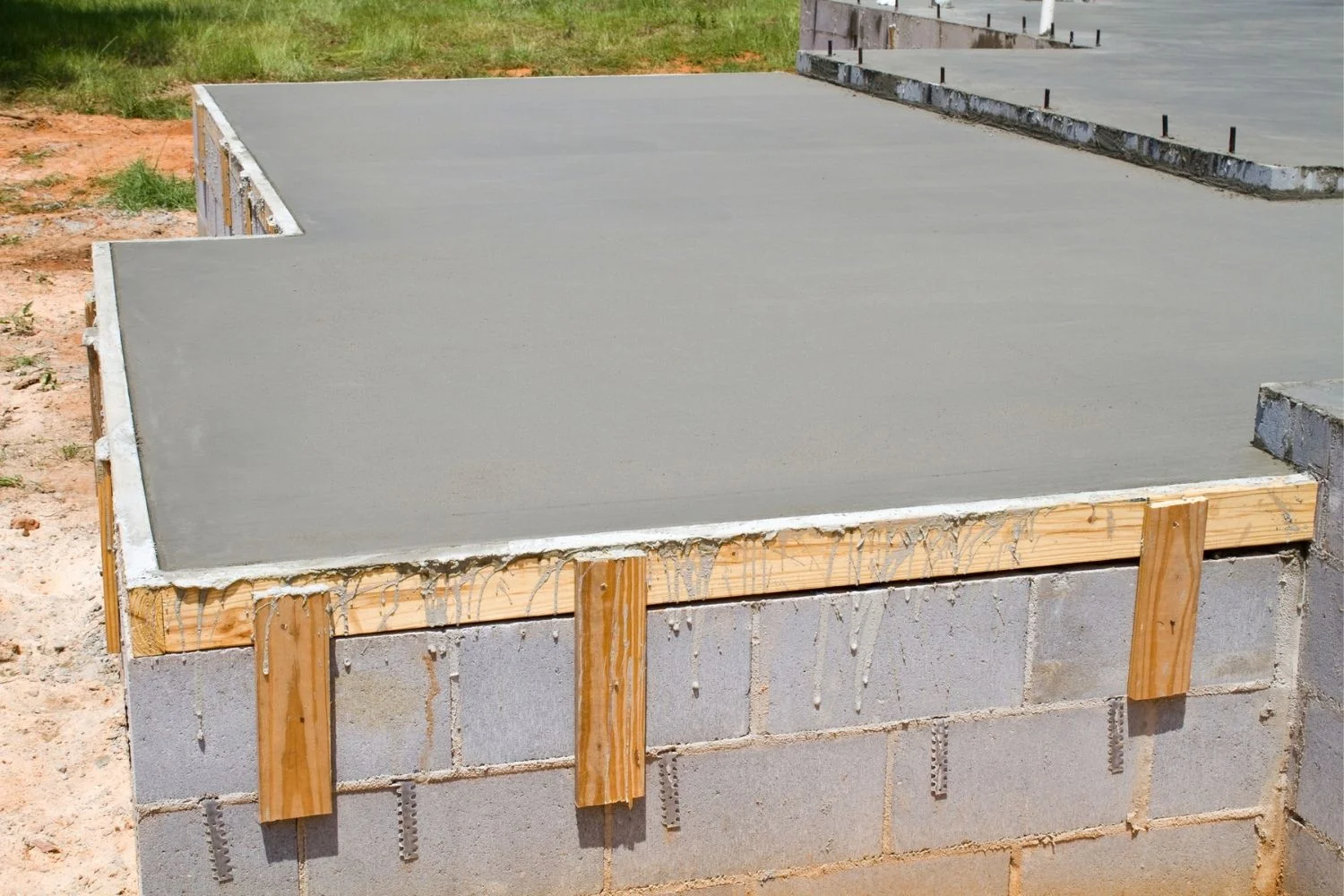

0 thoughts on “How Many Pavers Do I Need For A 10X10 Patio”